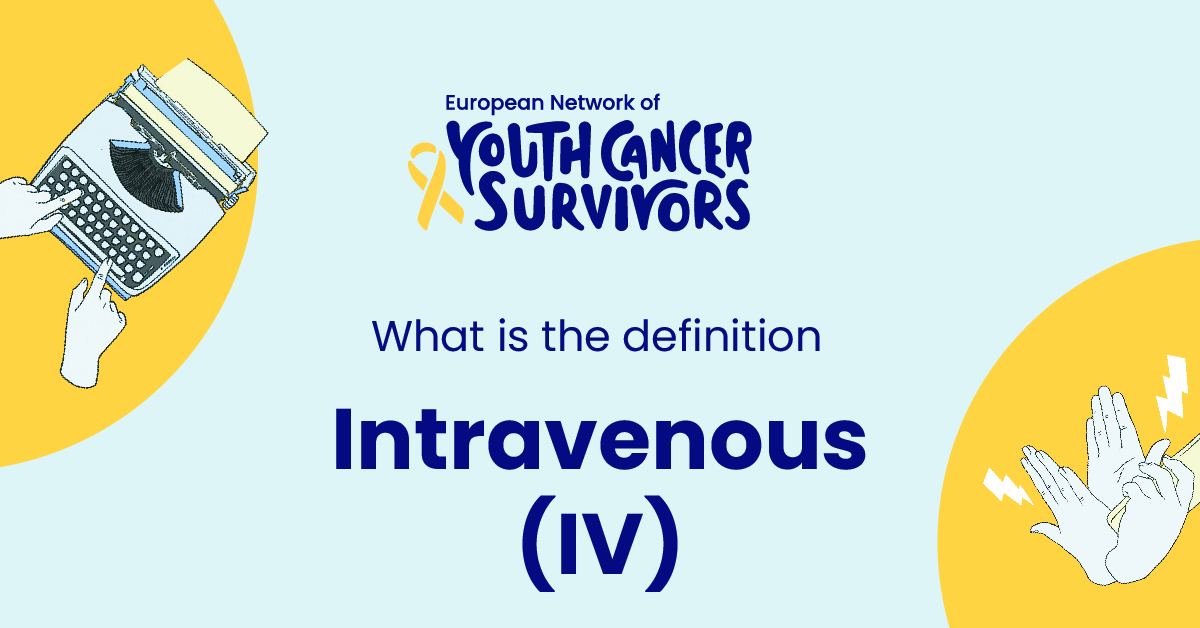
The healthcare industry has seen numerous advancements over the years, and Intravenous (IV) is one such key facet. This article is aimed at providing an in-depth understanding of Intravenous (IV), its history, components, varied types, uses, and the potential risk factors associated with it.
Knowing about Intravenous (IV) is of significant importance as it plays a crucial role in the healthcare sector, ensuring the effective delivery of prescribed medications or treatments to patients. Doctors, nurses, and even patients can greatly benefit from understanding this treatment approach.
Understanding the Term: Intravenous (IV)
So what exactly is Intravenous (IV)? Derived from Latin words, ‘intra’ meaning within, and ‘venous’ meaning veins, Intravenous (IV) refers to the process of injecting substances directly into the body’s venous system — the network of veins and arteries.
Tracing back to history, the practice of Intravenous (IV) started in the late 17th century with the scientific efforts of Sir Christopher Wren. However, it gained popularity in the 1800s when it began to be used for therapeutic treatments, particularly during the cholera pandemic.
Components and Working of Intravenous (IV)
Intravenous (IV) system essentially consists of a needle, a flexible plastic catheter, and a drip chamber that aids in regulating the flow rate of the IV solution. There are also additional components like an IV line and pumps in more complex cases.
IV works by inserting the needle directly into the patient’s vein, allowing the immediate introduction of substances into the bloodstream. This direct access to the bloodstream facilitates rapid effects of the administered substances.
Types of Intravenous (IV) Therapy
There are several types of Intravenous (IV) therapies depending upon their purpose. These include:
- Hydration IV therapy: This therapy is used when a patient is dehydrated and needs immediate replenishment of fluids and electrolytes.
- Medication IV Therapy: This involves administering medicines directly into the bloodstream for fast action. It’s used for critical conditions, infections, and in post-operative situations.
- Blood transfusion: It is the process of receiving blood or blood products into one’s circulation intravenously.
- Chemotherapy: This method is used for treating cancer, where the drugs are infused into the vein to kill or control the cancer cells.
Uses of Intravenous (IV) in Healthcare
Intravenous (IV) plays a significant role in the healthcare sector in various ways, including:
- It is used to administer medicines directly into the bloodstream, facilitating quick action.
- Intravenous (IV) therapy is also used for hydration purposes, replenishing the body fluids rapidly when needed.
- IV therapy plays a crucial role in clinical treatments and emergency situations, speeding up the treatments in critical situations.
Risks and Potential Complications of Intravenous Therapy
While Intravenous therapy is generally safe, it’s not without risks. The most common side effects include pain, swelling or inflammation at the injection site, and a slight fever. In some cases, the vein may become blocked, a condition called vein thrombosis.
More severe complications can arise in rare cases. These include infections, air or blood clots, and positional extravasation, where the fluid leaks into the surrounding tissue from the vein. Therefore, meticulous monitoring is requisite during IV therapy.
Get to know us better
If you are reading this, you are in the right place – we do not care who you are and what you do, press the button and follow discussions live

Conclusion: Broad Impact of Intravenous (IV)
Intravenous (IV) therapy has made enormous contributions to healthcare, allowing for more efficient treatment delivery and improved patient outcomes. By understanding its types, uses, and potential risks, we can optimize its use in medical care and ensure patient safety.
FAQs
- What is the most common use of Intravenous (IV) in a healthcare setting?
The most common use of Intravenous (IV) in healthcare is medication delivery as it ensures rapid and efficient drug absorption.
- How is Intravenous (IV) therapy administered?
IV therapy is administered by inserting a small tube (catheter) directly into a vein, using a needle as the guide. The needle is then removed and the tube stays in place.
- What are the risks associated with Intravenous (IV) therapy?
Although usually safe, potential risks can range from minor side effects like pain and swelling at the injection site, to more severe complications like vein thrombosis, infections, or air embolisms.
- Are there alternatives to Intravenous (IV) therapy?
Yes, there are alternatives to IV therapy. Depending upon the specific needs of the patient, medicines can be orally taken or given by injection into the muscle or the skin.
- Can Intravenous (IV) therapy be administered at home?
Yes, with the guidance of a healthcare professional, certain IV therapies can be administered at home for cases like chronic diseases or home-based palliative care.

















Comments
Thank you. Comment sent for approval.
Something is wrong, try again later